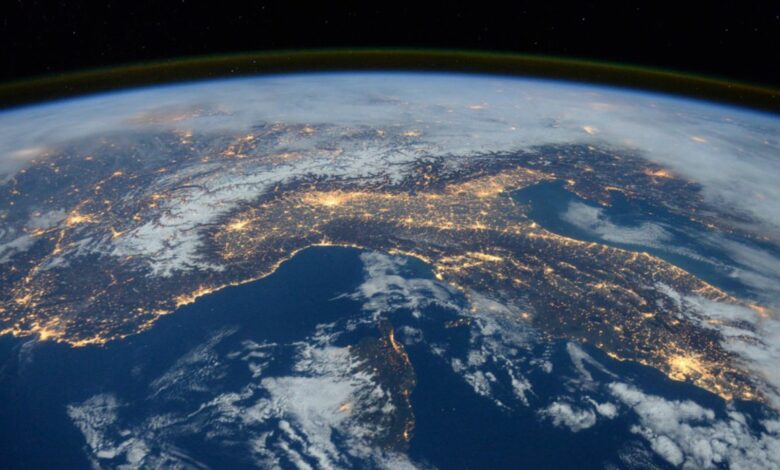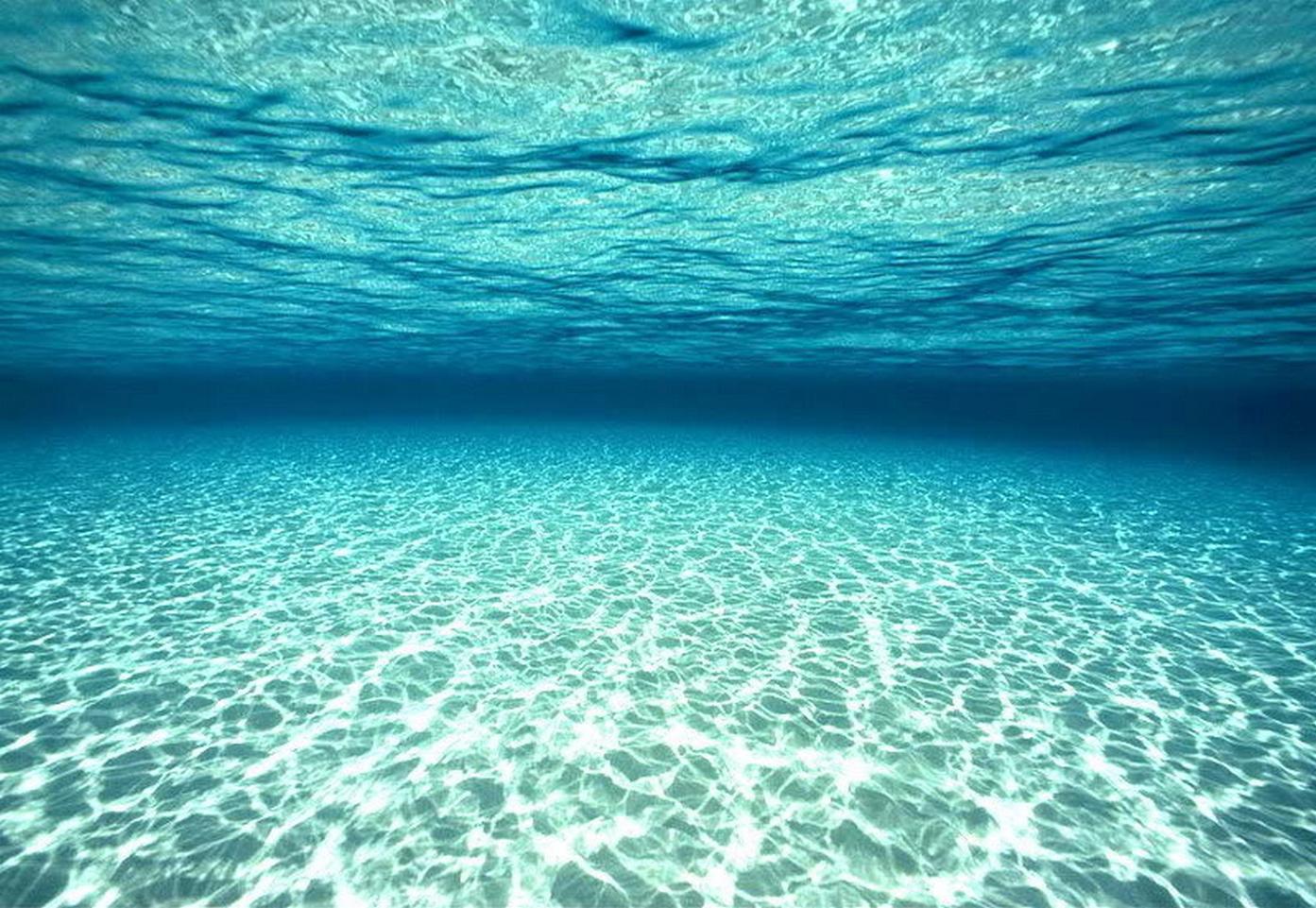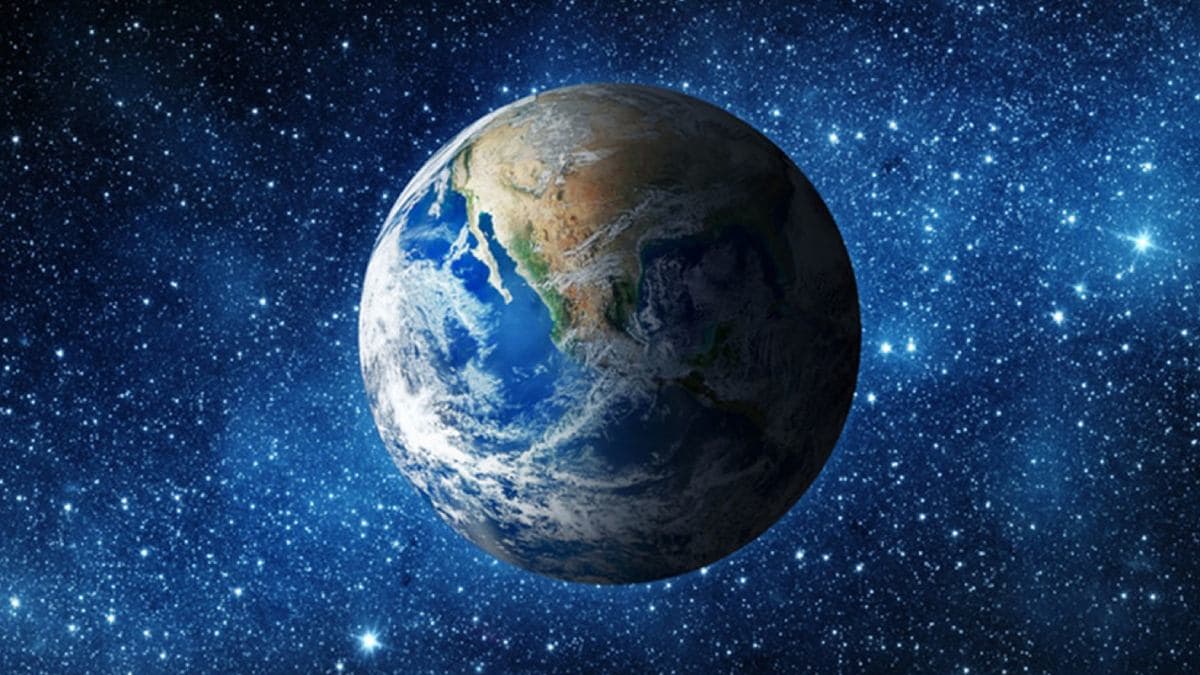
It is amazing that when we realize how less we know about the things and people we encounter on a daily basis, Water. We hold campaigns and protests to save this precious and fast-depleting resource, find ways to purify the available resources that were polluted by human activities, etc. We use water on a daily basis but how frequently do we think about how it originated? Rains and oceans might be a correct answer but it’s not the complete answer.
How did water originate on the Earth? Surprisingly, research has been going on in this field by scientists, geologists, and people from various other fields who contribute by building models, evaluating hypotheses, etc. A recent addition in the research list was provided by the scientists at Washington University in St. Louis. They have found that the Earth’s water could have originated from a source similar to the Enstatite chondrite meteorites.
According to a 2018 paper published in the Journal of Geophysical Research: Planets, Earth’s water source was said to originate from asteroids and the solar nebula. The researchers measured the hydrogen contents in the ocean water with that found on asteroids by calculating deuterium-to-hydrogen ratios and found that the ratios were almost similar. But the hydrogen levels in the core were found to have very less deuterium-to-hydrogen ratio similar to that found in the solar nebula.
Similar to the above-mentioned study, the current research discovery added a new perspective to the origin theory of water. This time, meteorites were highlighted. Meteorites are pieces of asteroids (meteoroids) that don’t vaporize completely in the atmosphere and land on the earth’s surface. Meteorites can provide massive information on planetary bodies and celestial bodies and are, therefore, are used extensively in research by scientists.
The difference in the components of the inner and outer solar system can also be identified which plays a key role in the origin theory of water.
The temperatures are higher in the inner solar system (Mercury, Venus, Earth, Mars, and the Asteroid belt); compared to the outer solar system which contains solid compounds. When the materials from the outer solar system shift to the inner solar system, the ice on the bodies melts and becomes water. But some of the meteorites we see are from within the inner solar system.
 Chondrites are the oldest known asteroids whose meteorite forms have been helpful in discovering new things about the solar system. Organic chondrites like the carbonaceous ones are even better because their hydrogen isotope composition is similar to that of the Earth’s oceans. Very rare categories of meteorites, like the E-type or Enstatite chondrites, form just 2% of the chondrite population that falls on Earth.
Chondrites are the oldest known asteroids whose meteorite forms have been helpful in discovering new things about the solar system. Organic chondrites like the carbonaceous ones are even better because their hydrogen isotope composition is similar to that of the Earth’s oceans. Very rare categories of meteorites, like the E-type or Enstatite chondrites, form just 2% of the chondrite population that falls on Earth.
These bodies were once considered to be the driest objects in the solar system but the new findings by Centre de Recherches Pétrographiques et Géochimiques (CRPG), Centre National de Recherche Scientifique (CNRS)– Université de Lorraine, France, and Department of Physics, Washington University in St. Louis, USA propose the contrary. After measuring 13 E-type chondrites with varying thermal metamorphisms for hydrogen isotope compositions due to their bulk hydrogen contents, EH3 meteorite was found to be the most ideal.
This type of meteorite has hydrogen that will be able to provide for more than 3 times the amount of water in the Earth’s oceans. Enstatite chondrites are made up of a similar material as that present in the inner solar system, thereby becoming one of the Earth’s building blocks. The fact that water was still present in these bodies despite the temperatures at the inner solar system where it is very easy for water to condense is amazing!
The isotopes of the elements that make up enstatite chondrites and the earth are similar which gives more clarity to the proposed theory. The least metamorphosed sample of the 13 ECs considered was the ideal E-type chondrite, EH3. The H content and the isotopic characteristics were found to be altered only at the surface and not in the interiors which is supported by the evident presence of unaltered grains of CaS (or oldhamite) which is highly hydrophilic.
 Highly powerful techniques were used for the hydrogen measurements: IRMS (Isotope Ratio Mass Spectrometer) for bulk compound analysis and the SIMS (Secondary ion mass spectrometry) for a micro-meter level analysis.
Highly powerful techniques were used for the hydrogen measurements: IRMS (Isotope Ratio Mass Spectrometer) for bulk compound analysis and the SIMS (Secondary ion mass spectrometry) for a micro-meter level analysis.
This theory contradicts the early models or theories of water origin because the earlier models consider carbonaceous chondrites as a source which have a rich hydrous material composition but vary in the composition of other materials. But Enstatite chondrites are similar in terms of oxygen, calcium, and titanium isotype categories with Earth.
Other celestial bodies are also said to contribute to the water content available on Earth. Comets, especially hyperactive comets were capable of releasing more water than that permitted by the surface area of their nuclei, were found to have D/H ratio similar to terrestrial water compared to comets whose tails are produced only by ice present on the surface.
The origin theory of water still remains a puzzle. Various pieces have been gathered to date with the above article being a new addition to the puzzle. With each new discovery, we get to explore more opportunities and learn more. Sometimes it is just mind-blowing to realize that the water we see and use is a part or contribution of space. Hopefully, we get to see more studies that help us feel amazingly blessed to have been a part of this blue planet we call home.





